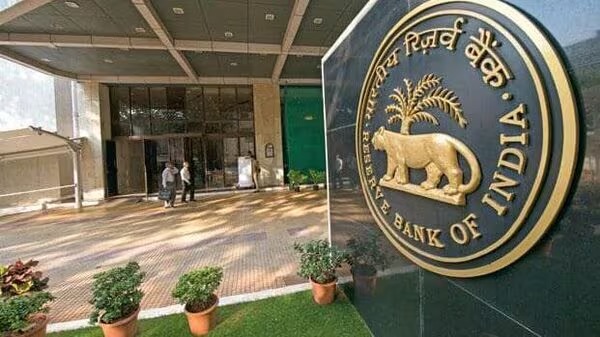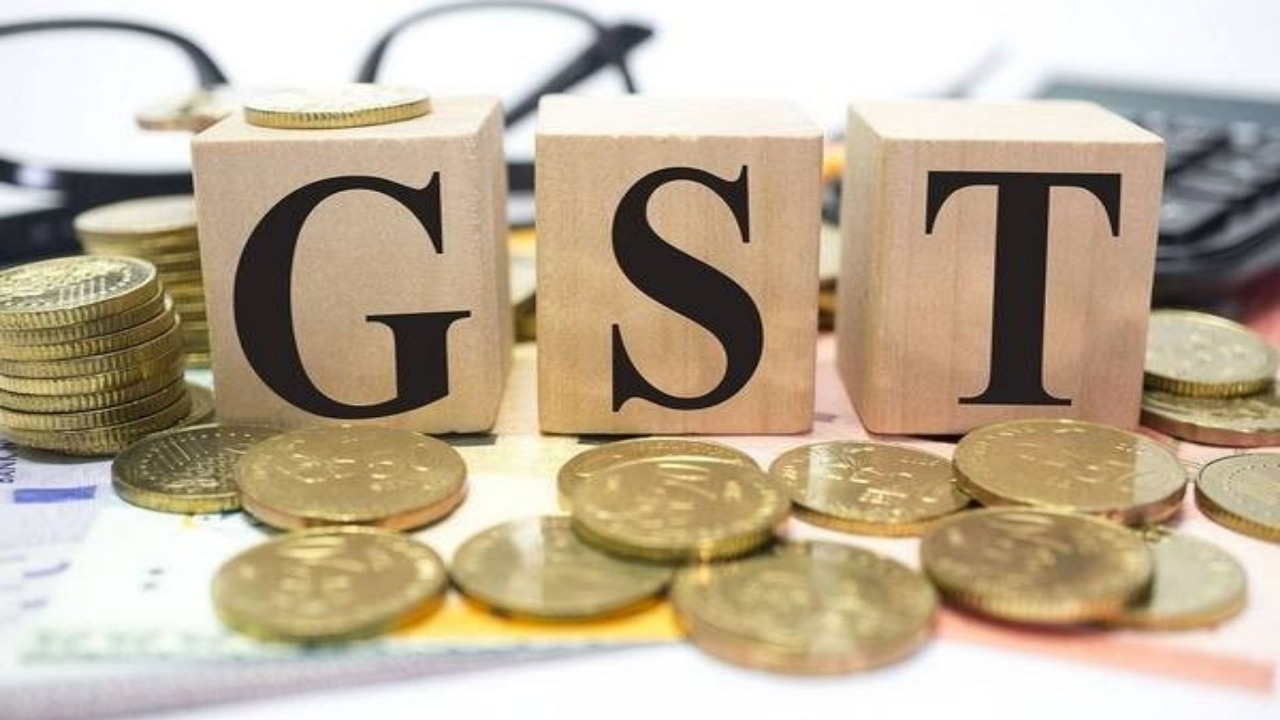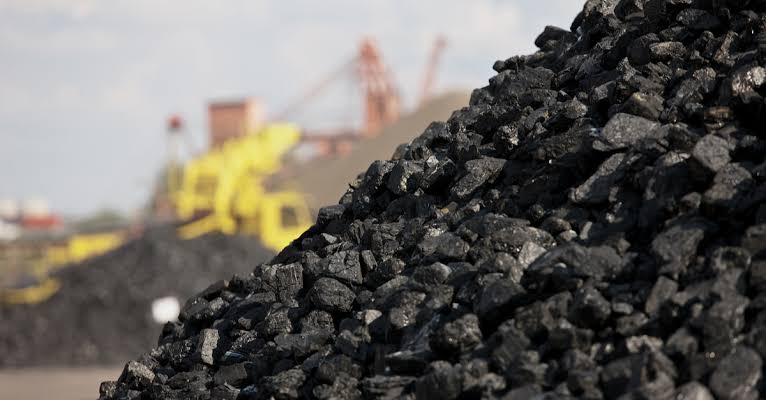 Image Source: Mint
Image Source: Mint
India’s banking sector continues to show remarkable resilience, according to the Reserve Bank of India’s latest Financial Stability Report. As of March 2025, the Common Equity Tier 1 (CET1) ratio stood at 14.7%, while the Capital to Risk-Weighted Assets Ratio (CRAR) reached 17.3%, reflecting robust capital buffers across the system.
The report also projects a stable outlook for asset quality. Under the baseline scenario, the gross non-performing asset (GNPA) ratio for 46 major banks is expected to remain at 2.5% by March 2027—a historically low level. This projection underscores the sector’s improved credit discipline, enhanced provisioning, and prudent risk management practices.
The RBI attributes this strength to sustained profitability, improved governance, and tighter regulatory oversight. Macro stress tests indicate that even under adverse scenarios, banks are likely to maintain capital adequacy above regulatory thresholds. The provisioning coverage ratio has also improved, offering a cushion against potential credit shocks.
These indicators come amid a broader economic environment marked by geopolitical uncertainties and global financial volatility. Yet, Indian banks appear well-positioned to weather external headwinds, thanks to strong balance sheets and a diversified credit portfolio.
The report also highlights ongoing efforts to enhance cyber resilience, streamline supervisory frameworks, and promote responsible innovation—ensuring that India’s financial system remains both agile and secure.
Sources: Reserve Bank of India, Economic Times, Hindustan Times
Advertisement
Advertisement






